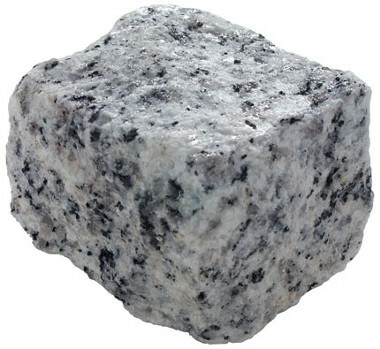Habitat it is the place where a certain being lives and develops, in other words, it is the region where an organism finds the adequate food and climate conditions for its survival. Each organism lives in a specific habitat, being rare cases of organisms that survive in the most varied environments. Thus, we can easily see that habitat destruction directly affects the life of a species.
→ Habitat destruction and fragmentation
Habitat destruction happens when major transformations occur in an environment. Generally, the main factors that cause the destruction of a habitat are thelogging, burned, livestock, agriculture and human occupation.
Imagine, for example, a beautiful pond that serves as a habitat for several species of fish. By releasing pollutants, we modify the conditions in that location, thus altering the natural habitat. The fish that used to live there now no longer find the right conditions for their survival and end up dying.
In addition to habitat destruction, we cannot fail to mention the problem of fragmentation of these environments. Sometimes, human activities cause reductions in natural areas and their separation. An example is the Atlantic Forest, which today is found in small scattered areas. Among the forest areas, there are generally pastures and large plantations.
→ Habitat and wildlife destruction
By destroying a habitat and fragmenting it, there is a decrease in local species and, in some cases, even the total elimination. Without food and without shelter, many species start looking for new places to live. The point is that, in these new areas, resources are not always sufficient, there are predators and humans may not allow the establishment of that species. In the case of plants, the problem is even greater, as they cannot search for new areas.
As an example of the relationship between habitat destruction and the survival of a species, we can mention the case of sea turtles. In the spawning process, turtles return to the beach to lay their eggs. Unfortunately, often, the occupation of the coast, that is, the destruction of that environment, prevents spawning, thus threatening the reproduction of these animals.
→ The importance of conservation units
Conservation units are protection areas that aim to preserve the natural aspects of a given environment. We can divide the conservation units into two groups: the full protection units and sustainable use units.
In areas of full protection, none of the resources can be used, and it is only possible to carry out environmental education and research activities, for example. Sustainable use units, in turn, allow the use of their resources, but in a conscientious way. These conservation units are essential for the survival of several species, as they prevent predatory hunting and fishing, deforestation and burning, for example.
Take the opportunity to check out our video lesson on the subject:



